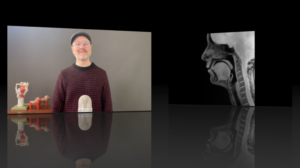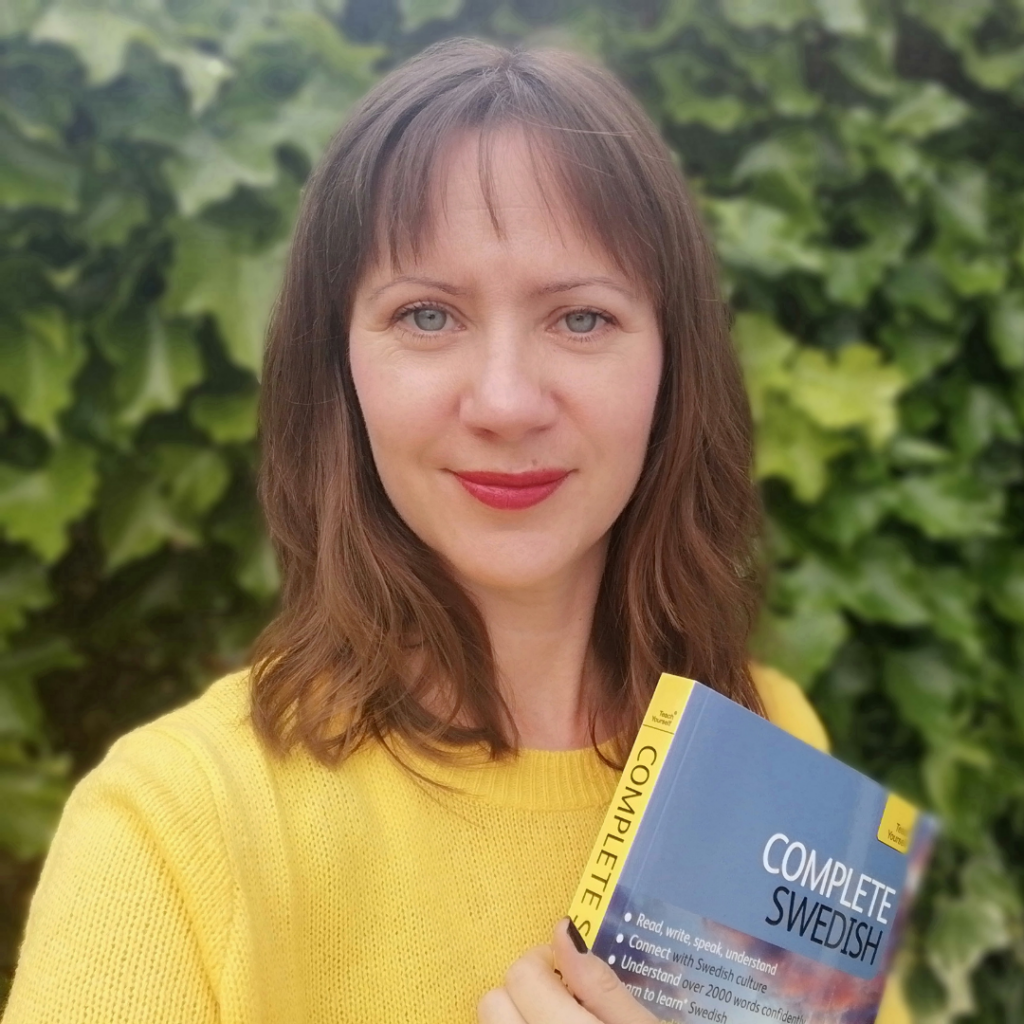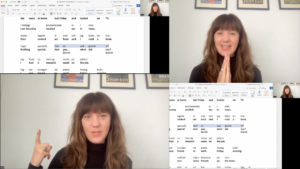The Swedish SJ-sound
When you’re learning Swedish, you’ll pretty soon come across the SJ-sound. Or ‘ɧ’, as it is symbolised. Most learners first encounter this sound in the number 7 = sju.
Some Swedish learners find this sound hard to pronounce, and others find it a bit easier. It depends on what your mother tongue is, and what you’re used to doing with your tongue and your vocal tract!
What is the SJ-sound?
This sound is a voiceless fricative sound. Voiceless means we don’t use our larynx to produce it. Fricative means a consonant sound that we produce by forcing air through a narrow channel. And this is exactly what we do when we say the SJ-sound. We force air through a narrow channel in our throat.
Do all Swedes use the SJ-sound?
It is found in most dialects in Sweden. But some regions in the north of Sweden, some areas of Stockholm and in Finland, instead use a ‘fronted SJ-sound’, where you place the tip of your tongue on the alveolar ridge and force the air through there (like when you’re telling someone to be quiet, “shhh”).
And there are regional variations in the SJ-sound too, where the position of the narrow channel in the back of the mouth varies as well (some a bit further back, some a little bit more forward).
Is the SJ-sound always spelled SJ?
No! There are MANY different spellings of this sound in the Swedish language. There are at least 14 of them! But some are more common than others.
How can I learn how and when to pronounce the SJ-sound?
We have a video course for you where we show exactly how you produce this sound in your vocal tract, and also the most common spellings of this sound. You will also learn how to pronounce the Swedish vowels ÅÄÖ, both long and short vowel sounds. When you have completed this course, you will know not only how to create the SJ-sound, but also all the different spellings, so you know what Swedish words include this sound.
Click here to learn more and enrol in the pronunciation course.





